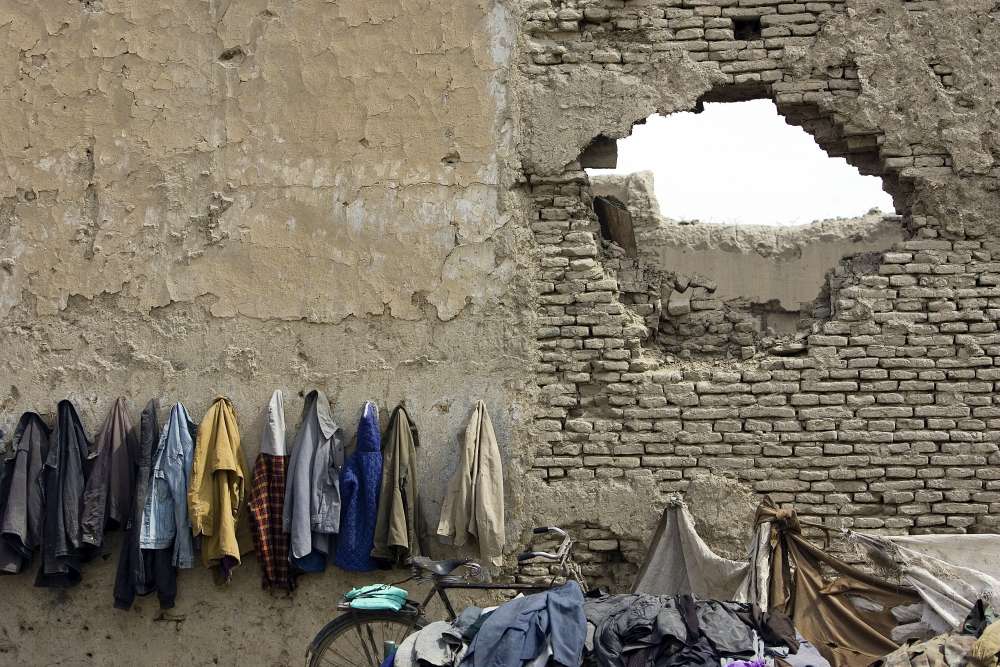Civil Affairs and Local Conflict Management in Peace Operations

Executive Summary
The report of the High-Level Independent Panel on Peace Operations is only the most recent example of growing political recognition of conflict prevention and the protection of civilians, in particular by non-military means. Support to local conflict management is key to the “field-focused and people-centered” approach identified by the panel as being critical to making peacekeeping more effective. By engaging with communities at the local level, bringing conflict stakeholders together or running early warning mechanisms, civil affairs teams work at the forefront of the effort to prevent the escalation of violence.
Since the early 2000s, most multidimensional UN peacekeeping missions have featured a sizable civil affairs component. For the 2015 – 16 period, almost 1,000 Civil Affairs Officers and several hundred Community Liaison Assistants are expected to be deployed for 12 missions worldwide. Civil affairs teams perform various tasks: building and maintaining relationships with local interlocutors, maintaining early warning networks, facilitating conflict resolution at a local level, supporting state authority in conflict management tasks, feeding knowledge about local conflict dynamics into the mission, coordinating with national and international NGOs, and surveying local perceptions of the security situation.
This toolkit focuses on support to local conflict management. It lays out the practical challenges faced by civil affairs teams in South Sudan (UNMISS) and the DR Congo (MONUSCO) in their daily work on local conflicts that might be familiar to the civil affairs staff of other UN missions. In the dozens of conversations, roundtables and workshops with UNMISS and MONUSCO civil affairs staff conducted for this toolkit, the challenges and good practices identified are mostly related to the management and organization of work, although some do address key issues of support to conflict management itself. The challenges broached address a wide range of actors: some lie largely within the responsibility of civil affairs leaders, while some require the active collaboration of other mission while some require the active collaboration of other mission components or concern issues of working with UN and NGO partners, host country authorities or other local stakeholders.
Within civil affairs, most of the wisdom collected from experienced colleagues in the field had a common thrust: a call to be more strategic. This means making time for good conflict analysis, using those insights to consciously set priorities at the expense of less important issues and employing the political instruments of civil affairs in service of these top priorities, should they be the facilitation of access to logistical resources, the political engagement of local leaders or major undertakings such as trainings or peace conferences. This is easier said than done. Constant external demands and cumbersome bureaucratic procedures leave little time to think or plan. But we hope that the examples collected from colleagues in the field provide some ideas for finding that time (i.e., by not doing certain other things) and using it productively.
Civil affairs is not an island. Many of its key functions are effective only in close collaboration with other parts of the mission. This cuts both ways: better conflict prevention and protection of civilians require greater support to local conflict management, which entails structural adjustments in a mission that enable a civil affairs team to make the most out of its unique capabilities and resources. Two of these adjustments are the establishment of budgets for “petty cash” and the prioritization of logistical resources for support to local conflict management. In some missions, a revision of security protocols as part of the larger UNDSS shift from risk avoidance to risk management might be necessary, even if it does not materialize overnight. In turn, if missions want to be better attuned to local political dynamics, they must invest in on-the-ground knowledge (e.g., by hiring Community Liaison Assistants, which is currently underway in a number of missions beyond MONUSCO) and feed the wealth of local analysis produced by the civil affairs community into mission-wide information channels and decision-making processes.
In working with the UN family and NGOs, both UNMISS and MONUSCO provide several models of coordination with partners on local conflict management. Form should follow function: the precise shape of a forum or working group should be determined more by the actors and context than by any particular model. Being more strategic, however, may require missions to make greater investments into filling a part of the “peacebuilding gap” that civil affairs alone cannot make up for. As shown by the most recent efforts of MONUSCO’s Stabilization Support Unit, a mission may be able to translate its political convening power in the international community into channeling donor funding to priority areas, e.g., support to local conflict management by NGOs or agencies recognized for high-quality work at the local level.
“Local conflict” is rarely just local. The key challenges of preventing the escalation of violence have to do with calibrating engagement with those who happen to represent the state – some of whom may have a stake in the conflict themselves – and with hidden “spoilers,” who deny their role as stakeholders and operate beyond the reach of local actors. Far from providing simple solutions to these complex challenges, the stories told by field staff ultimately serve to underline the critical role of good analysis and informed strategic choices. There are always choices to be made in how to engage with different local actors and how to prioritize a mission’s limited resources.
…
The toolkit is available for download.
The toolkit also available in French.







